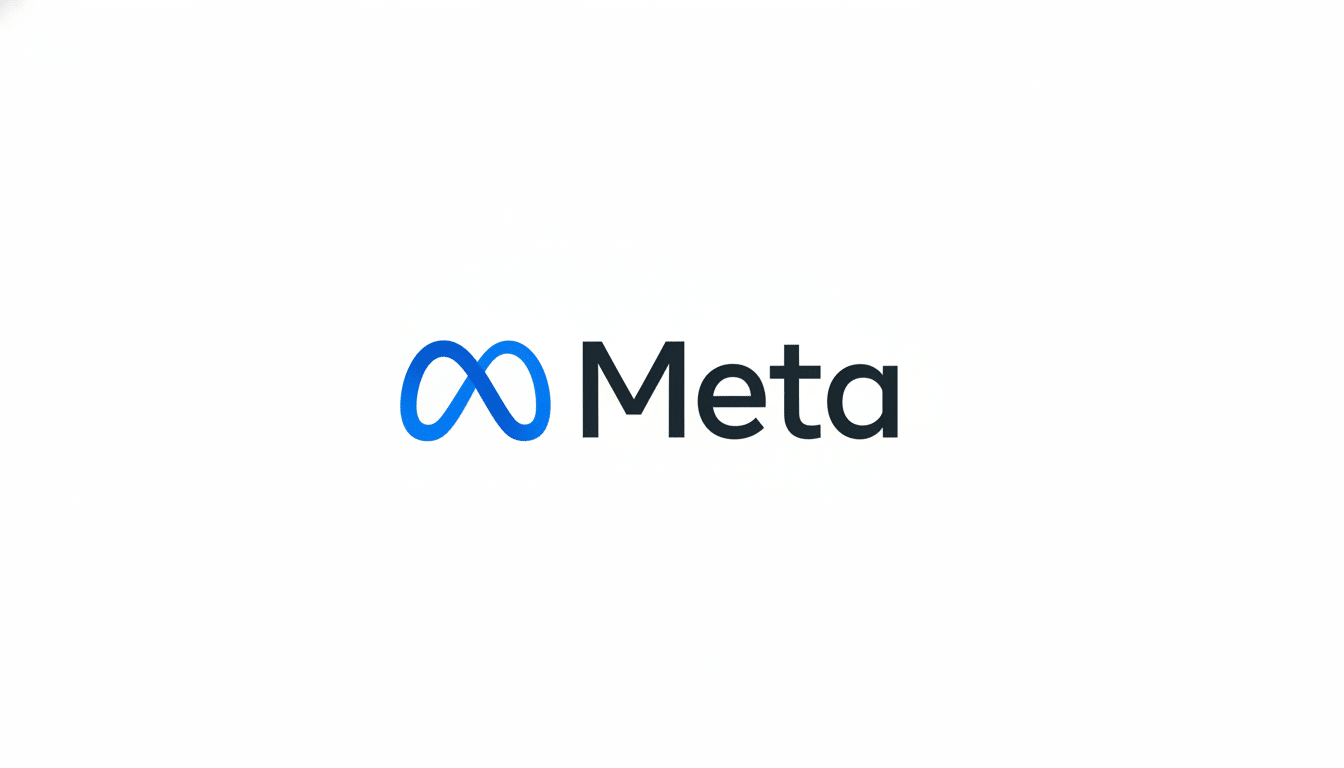Meta’s metaverse group has been told to “go fast, and faster” on the use of artificial intelligence, with management charging teams not for incremental improvements but for a five‑times increase in speed. An internal note seen by 404 Media quotes Meta’s VP of Metaverse Vishal Shah urging them to adopt AI as a daily muscle memory across roles, famously summarized in the line “Think 5X, not just 5 percent.”
The move marks a new era for the company’s long-horizon virtual world aspirations: ship faster, prototype more and leverage AI to remove friction. It also happens to be where Meta’s primary focus is today — in AI products and assistants it has built into its consumer-facing apps and devices.

Inside the 5X Mandate Shaping Meta’s Metaverse Push
As 404 Media reported, Shah’s mission extends well beyond engineers. Shah is depending on project managers, designers and cross‑functional partners to “roll up their sleeves” to prototype and troubleshoot and iterate with AI tools. Not just more code, but a faster path to how products feel — shipping and iterating on experiences quickly in Horizon Worlds, Quest software and other metaverse surfaces.
Specifically, a 5X target would be manual workflows automated with machine assistance: code generation and refactoring, test scaffolding bootstrapping, env/“avatar” synthetic asset gen, and AI user research summary. It means, too, that you’re organizing teams for speed: shorter review loops, pre‑approved guardrails and demonstrable cycle-time reductions.
Why AI Acceleration Is Central to Meta’s Strategy Now
AI has been at the center of Meta across its portfolio. At its developer conference, the company offered some new AI experiences, such as a hotly discussed glasses demo. It has introduced products like Vibes, a feed of AI-generated video, and an AI dating assistant within Facebook Dating, and it’s constantly infusing social platforms with more AI assistants through Instagram or Messenger.
The business backdrop adds urgency. The division that actually makes VR headsets and metaverse software, Reality Labs, has posted multi‑billion‑dollar operating losses since 2020, including more than $4 billion in a single recent quarter, based on Meta’s financial disclosures. Speeding up learning cycles — and lowering the cost of iteration — may be crucial in bending that curve.
AI may indeed significantly compress development time; there is evidence. GitHub’s own research on Copilot found that in controlled studies, developers were able to complete tasks up to 55 percent faster and McKinsey estimates that generative AI could add as much as $4.4 trillion in annual value in the economy by transforming knowledge work itself. On creative pipelines, Ubisoft’s Ghostwriter tool and Roblox’s generative material tools demonstrate how AI can speed up dialog boxes, textures and level design without the need of hiring massive armies of artists.

Narrowing the Hype-Delivery Gap with Systemic AI Changes
But a 5X leap is not just an easy plug-in update. AI tends to make specific tasks like drafting code, creating assets, synthesizing feedback a little bit more efficient in the double‑digit percentage range — not multiples — unless it is accompanied by systemic changes. To even approach 5X, Meta would have to rewire product workflows: standardize component libraries, auto‑generate test harnesses, pre‑approve content policies for AI assets, and push decisions all the way down both in time and closer to builders.
The more obvious wins are in metaverse content. Generative tools are capable of spawning props, scenery and behaviors for NPCs on the fly — weeks of asset production becomes hours. AI agents can even execute “always‑on” playtests, gathering telemetry to tune comfort, performance and engagement on the fly. If all that lab‑demoing of those capabilities goes into production, the speed curve points dramatically.
Risks, Guardrails, and the Metrics That Truly Matter
AI speed also has the potential to amplify errors. Bulky models can hallucinate APIs or subtle physics bugs or shaders that’ll misbehave in the corner cases — risky if used in real-time VR where motion comfort and latency are unforgiving. There are challenges of IP and privacy when it comes to AI-generated 3D assets, and moderation if users are able to generate worlds on the fly.
The counter is instrumentation and governance. DORA metrics — all but “time to restore” — provide a reality check on whether “5X” is material or marketing. For your content pipeline, you might track prototype‑to‑playtest cycle time, percentage of assets generated by AI versus hand‑made, and defect rates caught by automated functional tests. If these two end up marching together, speed doesn’t have to undermine quality.
What to Watch Next as Meta’s 5X Mandate Meets Reality
What will show that the mandate is sticking are cadence and features: faster updates to Horizon Worlds and Quest software, AI‑native experiences such as dynamic NPCs and personalized spaces, more frequent public experiments that collect data quickly. Anticipate training programs to become more expansive than just engineers as product and design leaders embrace prompt engineering and AI‑assisted prototyping.
The metaverse has not vanished — it is being recast with AI as the factory floor. Should Meta turn its 5X mantra into measurable gains, it could shorten the distance from vision to something there’s real reason for users to want to spend their time in. If not, the distance between demos and daily use will only become more apparent.

